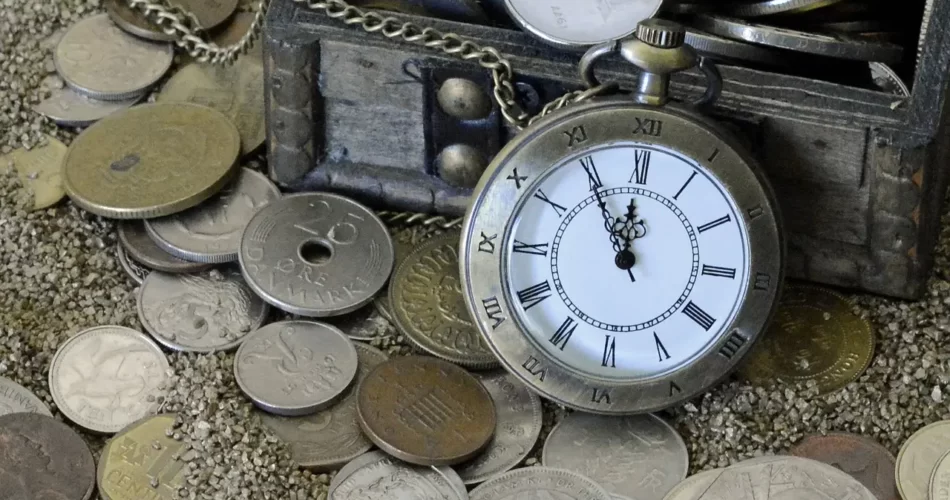In a world where the ticking of the clock synchronizes with the jingling of coins, understanding the intricate relationship between time and money is paramount. This relationship, often subtle yet profoundly impactful, shapes our financial landscape and dictates our everyday decisions.
The Paradox of Now and Later: Unsecured Personal Loans as a Case Study
Imagine you’re standing at a crossroads: one path leads towards an unsecured personal loan, offering immediate financial relief without the need for collateral. This decision, while solving an immediate need, also embarks you on a journey through the time-money continuum. The interest paid on this loan is not just a fee for borrowing; it’s a direct testament to the time value of money. The lender charges interest, factoring in the risk and the time they cannot use this money elsewhere. Thus, your present financial relief is intertwined with future financial commitments, a complex dance between now and later.
The Garden Analogy: Investing Time to Reap Money
Consider a less trodden analogy: a gardener nurturing a plant. The gardener spends time watering, fertilizing, and caring for the plant. This investment of time doesn’t yield immediate results. However, as weeks turn into months, the plant grows, eventually bearing fruit. This is akin to financial investments where money, like time spent in the garden, is allocated not for immediate gain, but for future returns. Just as a plant needs time to grow, investments need time to mature and yield returns. This analogy brings to light the patience and foresight involved in financial planning.
The Butterfly Effect in Economics: Small Decisions, Big Impact
The butterfly effect, a concept from chaos theory, suggests that a small change in one state can result in significant differences in a later state. Applying this to our financial lives, small, everyday financial decisions can have disproportionate effects over time. Choosing to save a small amount of money regularly, for instance, might seem trivial in the short term. However, compounded over years, this small act can significantly alter one’s financial future. This example highlights the nonlinear and often unpredictable relationship between time and money.
Time as a Currency: The Non-Monetary Exchange
Delving into a less conventional perspective, consider time as a currency in itself. You often hear “time is money,” but this statement usually refers to time’s economic value in terms of wage-earning potential. Let’s flip the script: money as a facilitator for buying time. For instance, hiring someone for a task you could do yourself essentially buys you time, which you can then allocate to other pursuits. This exchange demonstrates how time and money are two sides of the same coin, constantly traded and valued against each other in our daily lives.
The Global Stage: Economic Policies and Time-Money Dynamics
On a macro scale, the time-money relationship influences economic policies and decisions. Consider how governments and central banks handle inflation and interest rates, essentially manipulating the time value of money to steer economic growth. These entities constantly balance the present needs with future consequences, much like individuals deciding whether to spend or save. This global perspective shows the universality of the time-money relationship, transcending individual financial decisions to shape entire economies.
Conclusion: Embracing the Complexity
The relationship between time and money is a complex but fundamental aspect of our financial lives. It affects decisions ranging from taking out a loan to saving for retirement. By embracing this complexity and understanding the subtle nuances of this relationship, we can make more informed financial decisions. Whether it’s through the lens of a gardener, the butterfly effect, or global economic policies, the time-money narrative continues to unfold, influencing our daily lives and shaping our future.

